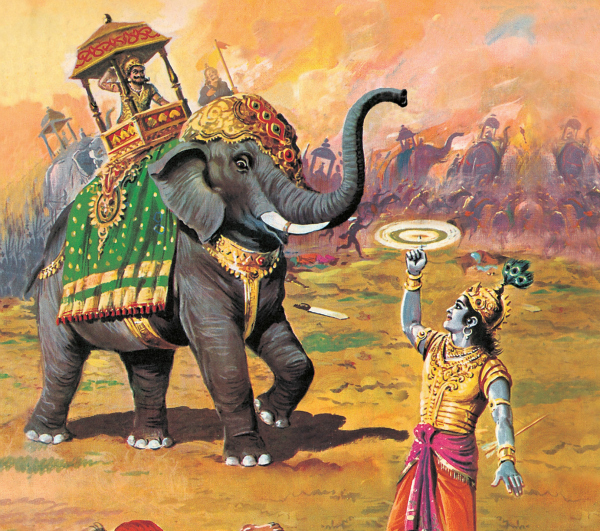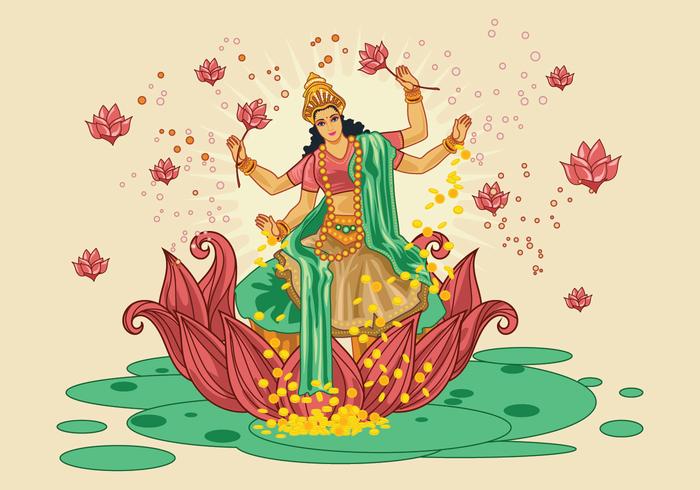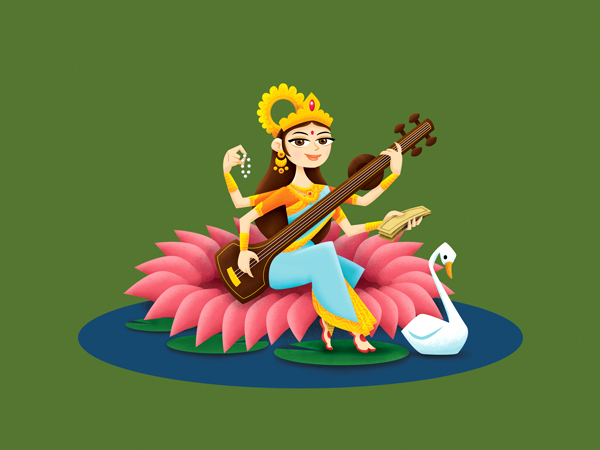At Raising World Children, we are on the constant look out for world changers. People who are trying in small or big ways to make the world a better place. Today, we meet Ajanta Chakraborty, a fascinating woman of wonder : choreographer, author, you tube content creator, teacher, mom and much much more !
1. What exactly do you do?
I am the co-founder of Culture Groove and Bollywood Groove
- Culture Groove publishes bestselling children’s books and has an educational kids YouTube channel.
- Bollywood Groove teaches 30+ dance & fitness classes in Chicago to kids and adults.
2. How did you come about this passion/profession?
A techie by profession, I worked in Silicon Valley for 7 years before realizing that my true passion was to spread the joy of Indian culture! In 2011, I quit my job to pursue Bollywood Groove first and then Culture Groove and have never looked back.

3. Tell us about your family.
My husband, who is also the co-author of our Maya/Neel book series, and I live in Chicago with our 4-year-old son. Other than the usual trucks and light sabers, my son has developed a strong interest in our work. He is officially a YouTuber helping his mom teach about India! The funniest experience is watching him trying to sell our books at various events 😊
4. How many places have you lived? How has that affected your world view?
I was born and raised in the small city of Bhopal in India. Since then, I have lived in Vancouver, Canada for education, California for work and now in Chicago.
Living in multiple cities has given me the unique immigrant lens of learning, comparing and picking the best of two worlds. It also opened my mind to not only embrace diversity but also strive to make it a norm.
5. What do you think are three biggest struggles most parents go through teaching kids about Indian culture?
- The lack of quality and fun content. A lot of the content is either superficial – they provide very little actual knowledge or they are too boring for kids to engage in.
- The lack of non-religious content. Believe it or not, there are lot of families like ours. They want their kids to learn about the cultural aspects without religion.
- We have to accept that kids of Indian origin around the world are growing up in a different environment than someone in India. No matter what we are trying to teach them about our culture, it has to be done in a relatable manner. The 100% immersion is not the right approach for every kid and it’s hard to find resources that adhere to that mindset.

6. How do you suggest parents encourage kids to follow their passions?
Don’t impose your dreams on them. Let them navigate the world at their own pace and in their own way. We are supposed to give them wings and watch them fly. Teach them the importance of finding joy in their everyday life. My parents did precisely that I am incredibly grateful for that.
6. Please tell us about your vision to teaching kids about the world.
We have a 3-fold mission with our work:
- Help raise multicultural kids irrespective of their ethnicity and background. This extends to adults as well!
- Help kids connect to their roots.
- Help kids of color to see themselves in literature and media.
This is exactly what has driven us to teach a unique combination of dance and culture classes to 200 kids every year; to write children’s books exploring festivals, places and cultural concepts of India; and finally to create a free learning resource via our YouTube channel.
8. What are your three top advice to parents?
- Read, read, read to your kids! It is such a wonderful way to open up their minds.
- Teach your kids that there are many ways to live in this world – try new foods, explore a different festival, do something that helps them experience the diversity in this world.
- Constantly reinforce the message of standing up to discrimination, intolerance and bias because of who they are. Proactively help them gain pride of their origin, their orientation, and anything else that the society boxes them in.
9. How does one raise multicultural kids today in an ever evolving world?
I believe it is actually getting easier. With technology bringing the world closer together, we now have more opportunities to learn about each other. Even in places where there is an environment of intolerance, I see parents and educators working ever harder to ensure that the kids grow up with an outlook of acceptance.

10. Do you have anything exciting for our readers?
We produced 8 books in 2 years so there is always something exciting 😊 Our latest book is about Delhi and Taj Mahal and it recently hit the Amazon bookshelves. But we are equally excited about our videos. We add one new video a week and there is so much more coming in the way of learning about Indian languages, festivals, food, clothes etc. We request parents and educators to help us spread the word about this free resource and to join us in our mission: CultureGroove.com/YouTube.
Let’s Raise Multicultural Kids!
Click here to join parents raising multicultural children on Facebook !
Click here to buy Ajanta’s Latest BestSelling Diwali Book right NOW! Makes a great Diwali gift.

 Cart is empty
Cart is empty





 Ruchika Rastogi, an Indian who was born and brought up in Delhi. She loves to explore the unexplored. A mother of two lovely kids, she works as a teacher and her passion for writing has helped her survive during her hard times. Her first non fiction book got published last year with the name-A Mystical Majesty-the woman. As a contributing author, her anthology with the title–Wait Till I Tell You got launched recently. With dreams in her eyes, she believes in living life optimistically.
Ruchika Rastogi, an Indian who was born and brought up in Delhi. She loves to explore the unexplored. A mother of two lovely kids, she works as a teacher and her passion for writing has helped her survive during her hard times. Her first non fiction book got published last year with the name-A Mystical Majesty-the woman. As a contributing author, her anthology with the title–Wait Till I Tell You got launched recently. With dreams in her eyes, she believes in living life optimistically.










